
Medically reviewed by Dr. Tan Chuan Chien, Consultant General Surgeon (Breast & Thyroid Surgery)
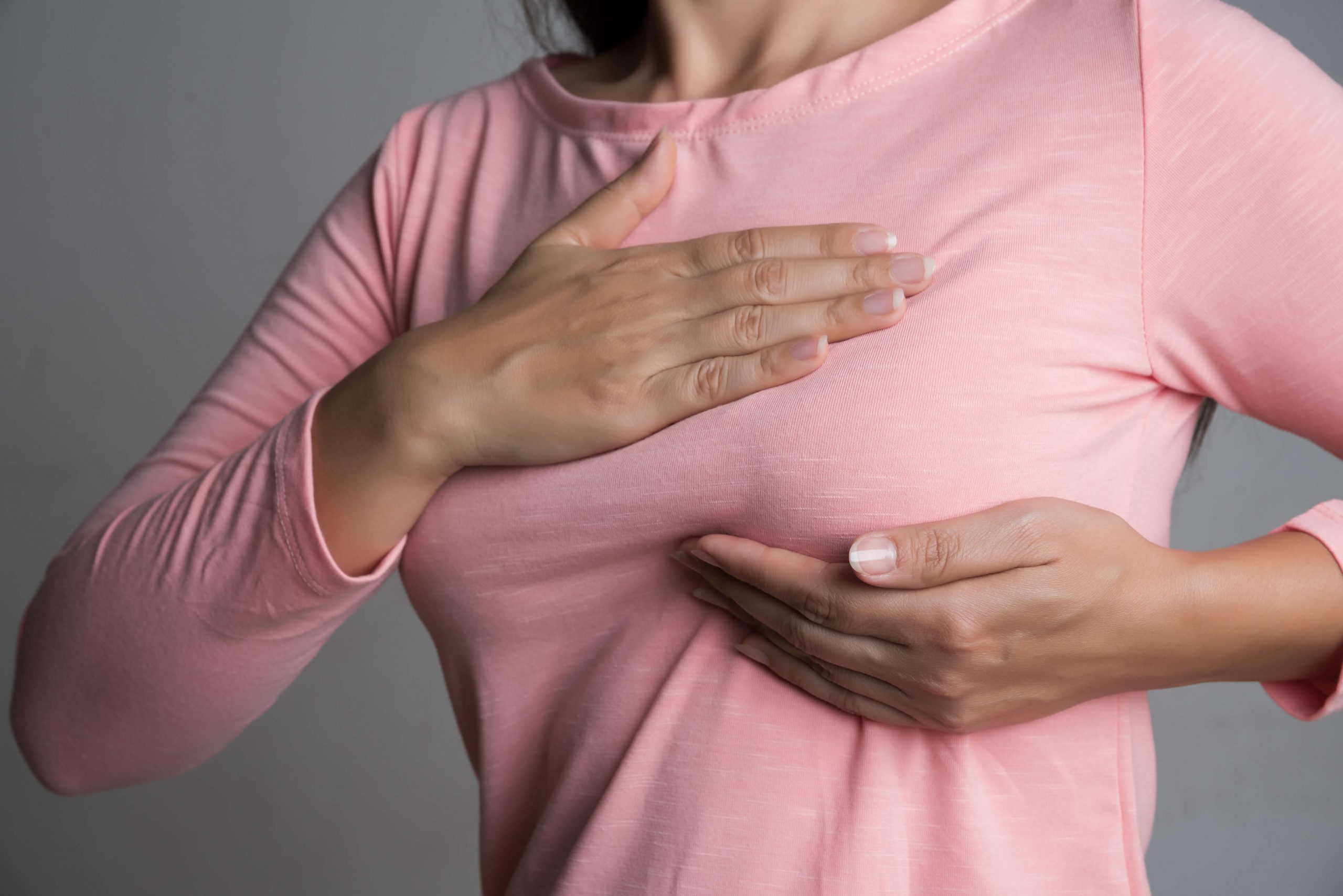
A breast lump is a bulge or a bump that develops in the breast. Breast lumps can differ in size, appearance and texture. However, they may be too small to be noticeable until detected using screening tools such as mammograms.
Your breasts are composed of fats, blood vessels, nerves, milk glands, milk ducts, fibrous connective tissues and dense breast tissues. This is a complex anatomy structure, where it can become challenging to differentiate between a breast lump and a normal breast tissue. However, there are still significant distinctions between them.
A breast lump will feel like a discrete distinct and unusual bump that is prominently more solid than the rest of your breast tissues. These lumps also vary in size (from a pea to a golf ball) and texture.
On the other hand, normal breast tissue will have a more consistent spongy and fibrous feel.
Most non-cancerous breast lumps and conditions result from a change in breast tissues according to your menstrual cycle and fluctuations in your hormone levels. Other causes may include breast infections or injuries. It is normal for most women to experience changes in their breast tissues throughout their lifetime.
Here are some of the most common causes and symptoms of non-cancerous lumps.
It is normal for your hormone levels to fluctuate during your menstrual cycle, resulting in changes in your breast tissues.
These changes are most common in middle-aged women (35 to 50 years old) and are likely to disappear with menopause.
Symptoms of fibrocystic changes include a rubbery or firm texture, a thickening of the breast tissue or a round, fluid-filled cyst.
These are the most common type of benign breast lumps and commonly occur in young women aged 20 to 30 years.
Fibroadenomas are solid, round and rubbery lumps that are movable (akin to a marble ball) and are often painless. These lumps are usually non-cancerous.
A breast cyst is a non-cancerous fluid-filled sac in the breast. Breast cysts often develop during parts of your menstruation cycle due to changing hormone levels, and their size and texture often vary throughout the menstrual cycle. These cysts result from the growth of milk ducts and tissues during hormonal release and most commonly affect women aged 35 to 50 years.
Breast cysts are typically tender and smooth under the skin and are filled with liquid. Some of them may be painless, while others are quite painful. Most cysts tend to go away naturally; however, when a breast cyst is particularly large or painful, your doctor may need to carry out a procedure to drain the liquid.
When a breast injury damages fatty tissue, fat will form in lumps. Fat necrosis usually occurs in women with large breasts, particularly in obese women.
These lumps are usually firm and round and are often painless.
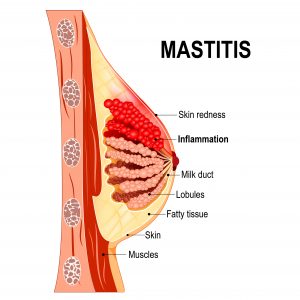
Mastitis is an inflammation of the breast tissue due to an infection of the milk duct. It commonly occurs in breastfeeding women, though there are also rare cases of it happening to non-breastfeeding women as well.
This inflammation results in breast pain, swelling, reddening and warmth.
These lumps are small wart-like growths that develop in the mammary ducts near the nipple and may cause bleeding. Women aged 30 to 50 years are more likely to be affected by this condition.
Not all cancerous breast lumps look and feel the same. However, there are still some common features of a cancerous lump.
A cancerous lump is typically:
It is important to note that a cancerous lump may not necessarily meet any of the above conditions. For example, the lump can be soft and painful.
Although most breast lumps are benign, some do turn out to be cancerous. If left untreated, a cancerous tumour can spread to other parts of your body. As both cancerous and non-cancerous breast lumps can look or feel the same, it is crucial for you to consult a doctor if you notice any unusual lumps in your breast.
A clinical breast examination is usually the first step of a breast lump diagnosis. During this check, a physical and a visual inspection of the breast will be done to identify abnormalities or suspicious lumps that can be seen or felt. Afterwards, follow-up tests may be recommended by your doctor to evaluate the lump.
There are several methods to evaluate and diagnose a breast lump. Although most breast lumps are non-cancerous, screening and imaging tests are still required to determine and establish the nature of a lump (benign or malignant). The choice of test to be done usually depends on your doctor’s assessment of your situation.
One or more of the following screening and imaging tests may be performed:
Although having a breast lump does not necessarily mean it is cancerous, breast lumps are still the first sign that most breast cancer patients notice. Hence, if you notice a breast lump it is crucial to have it checked as early as possible. Contact our breast surgeon Dr. Tan Chuan Chien, who will help you identify any abnormalities in your breasts and advise you on the next steps. Make an appointment today: https://cctansurgery.com.sg/contact-us/

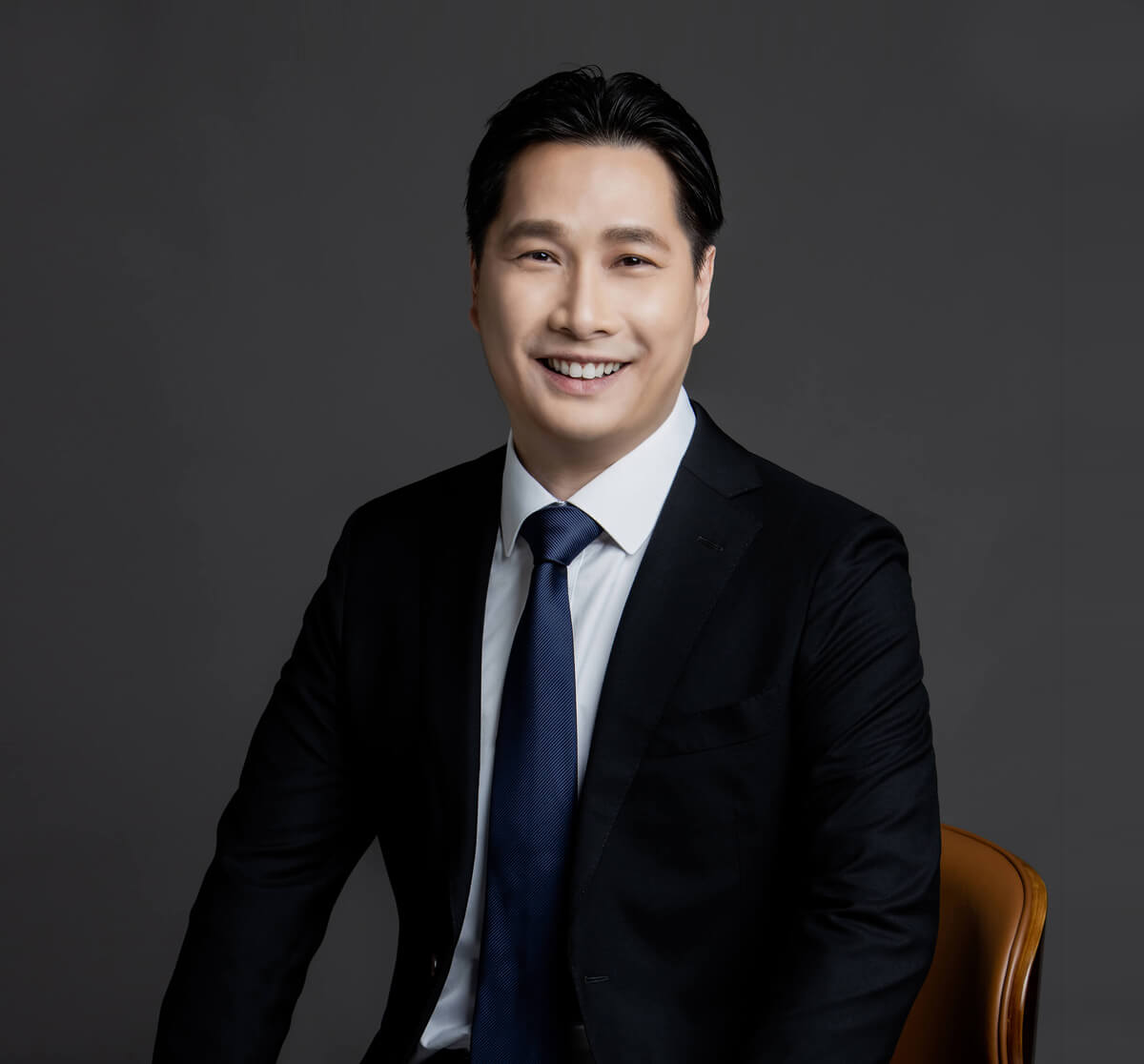
We are equipped with modern and updated equipment, and a team that will take care of all your needs.
Dr. Tan is a Fellow of the Royal Australasian College of Surgeons (FRACS). He is also accredited to practice as a Specialist in both Singapore and Australia.
Dr. Tan firmly believes that transdisciplinary care is the key to every patient’s recovery journey.
Dr Tan is available via video-consultations for patients who are not in Singapore.
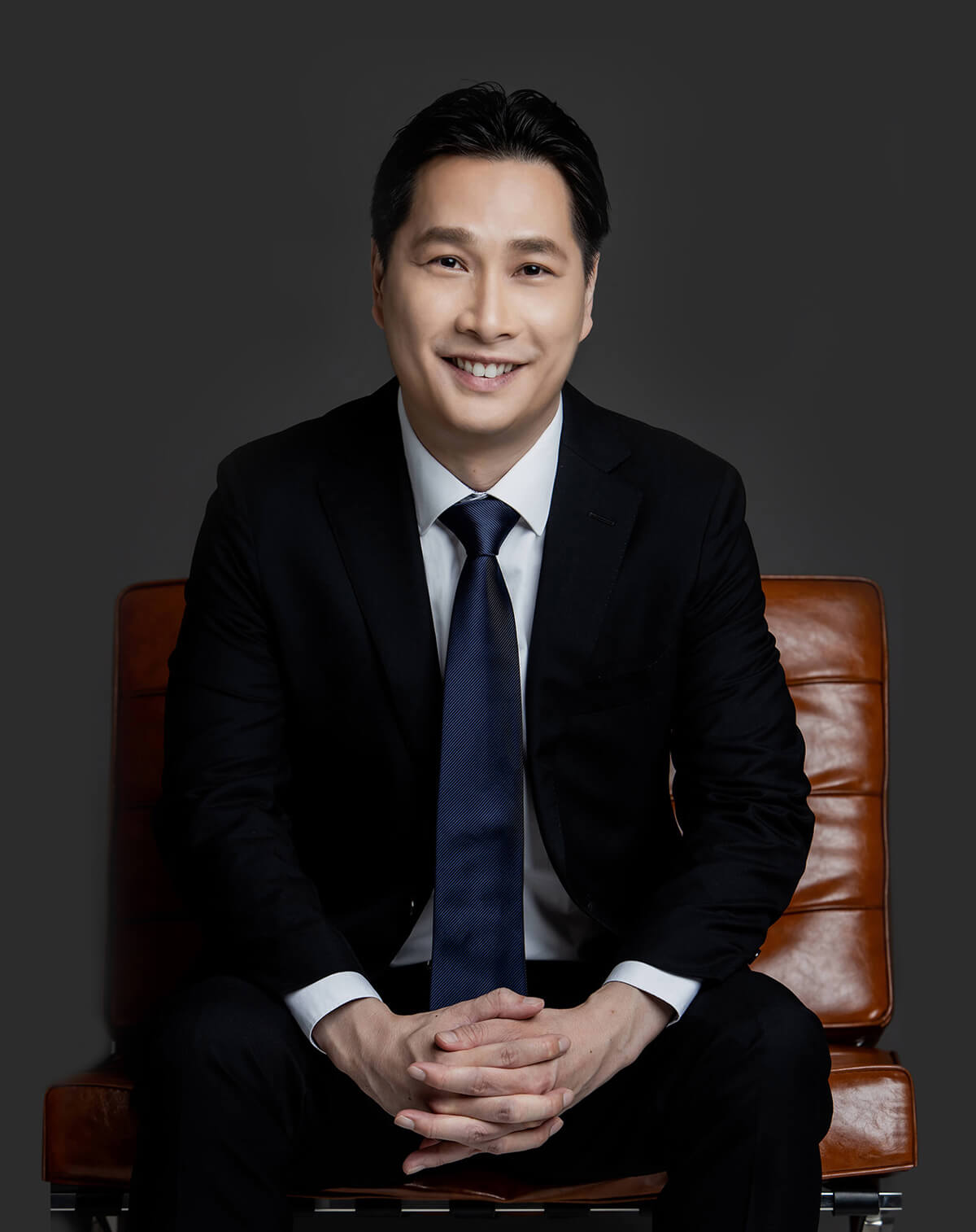
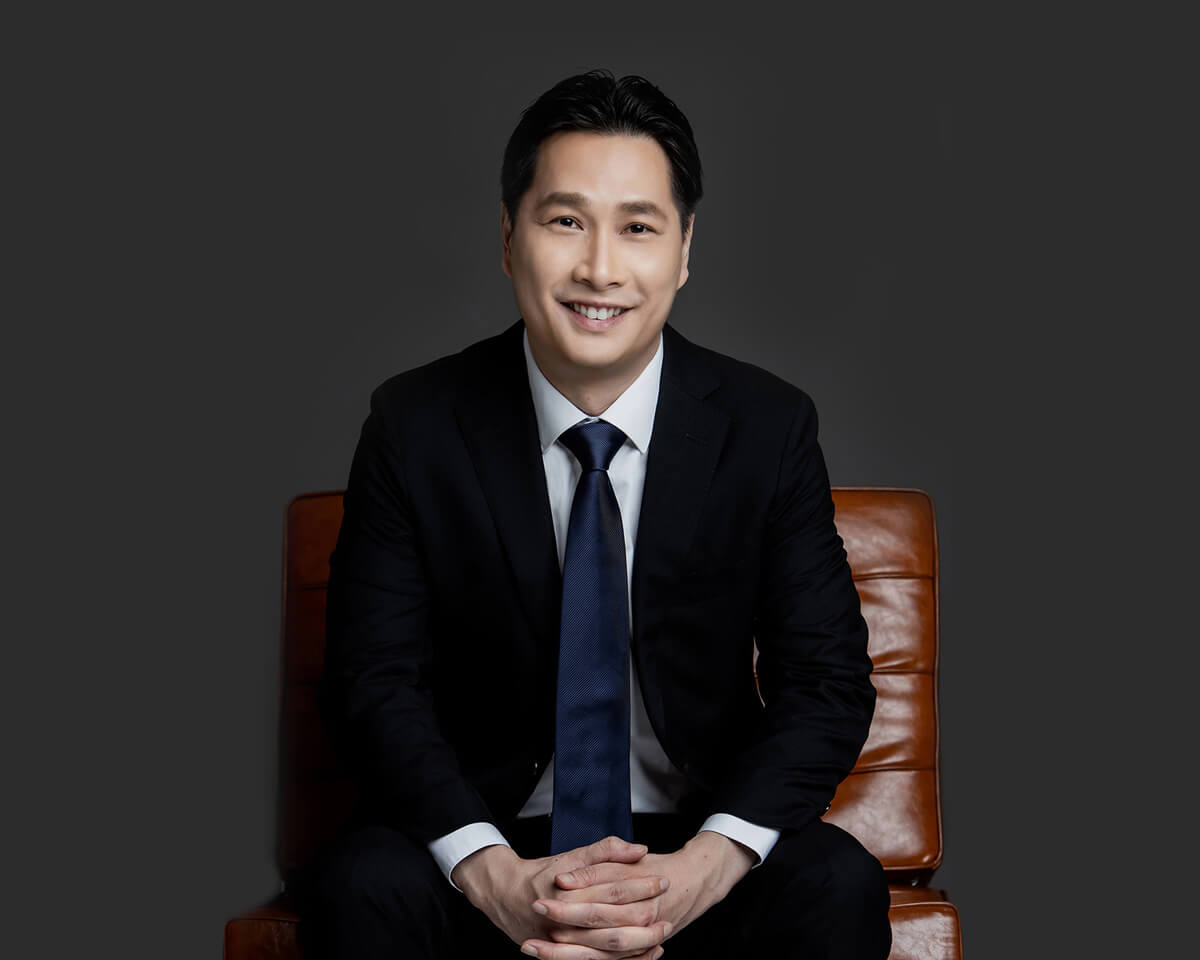
Dr. Tan Chuan Chien is a Fellowship-trained Breast and Endocrine Surgeon practicing as a Consultant General Surgeon at Gleneagles Hospital, Singapore. He also sees patients at Mount Elizabeth Novena Specialist Centre and Parkway East Medical Centre. Dr. Tan is a registered Specialist Surgeon (General Surgery) in both Singapore and Australia.
Please fill up this form and we’ll get back to you shortly!
